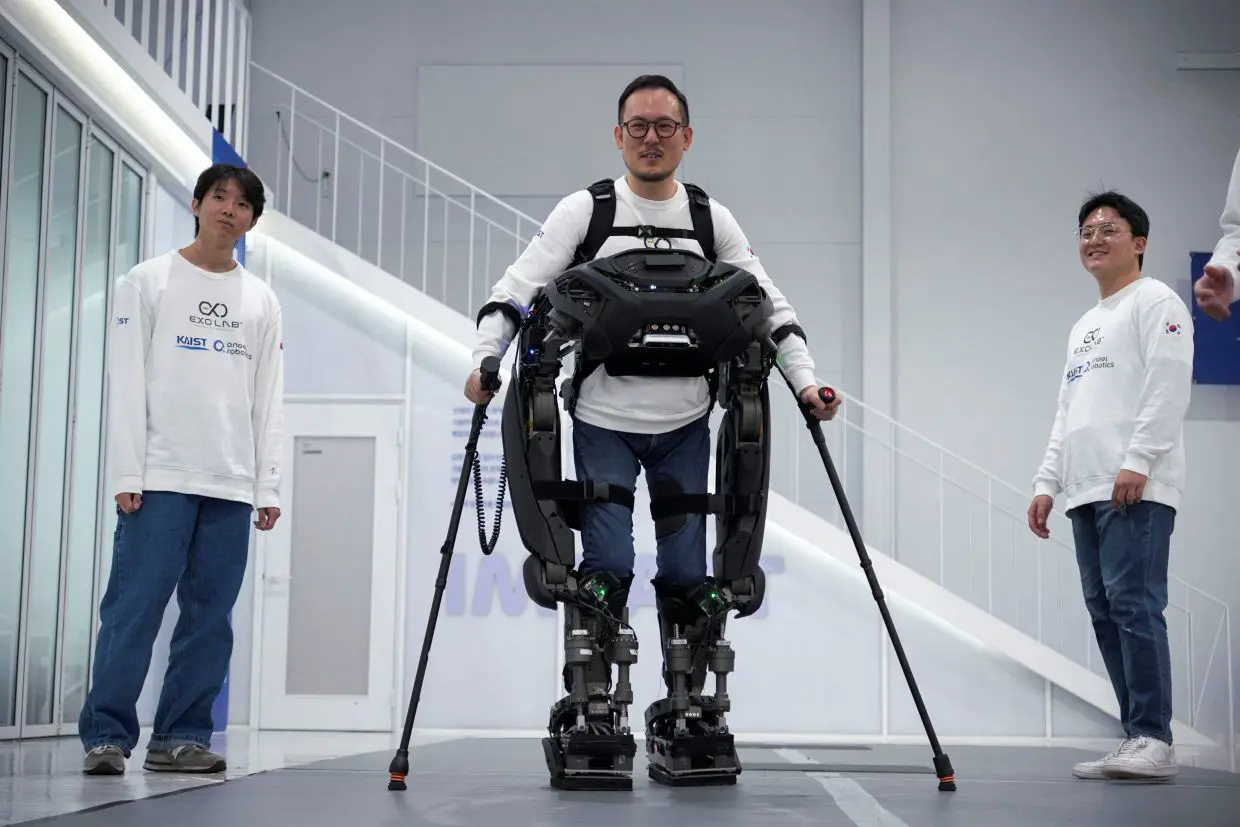In a remarkable breakthrough in assistive technology, researchers in South Korea have developed a cutting-edge robotic exosuit designed to help individuals with mobility impairments walk independently. This innovative device represents a significant advancement in rehabilitation technology and offers new hope to those with disabilities, including spinal cord injuries and neurological conditions that hinder mobility.
The robotic exosuit is lightweight and equipped with advanced sensors and actuators that respond to the wearer’s movements. By detecting signals from the user’s body, the exosuit can provide the necessary support and propulsion needed to facilitate walking. This technology aims to restore mobility to individuals who may have lost the ability to walk due to injury or illness.
Researchers believe that the exosuit could significantly enhance the quality of life for users, allowing them to regain independence and participate more fully in daily activities. The ability to walk not only improves physical health but also has positive psychological effects, fostering a sense of autonomy and confidence.
Clinical trials are underway to evaluate the effectiveness of the exosuit in various rehabilitation settings. Early results have been promising, with participants reporting improved mobility and increased confidence in their ability to walk. As the technology advances, researchers are hopeful that the exosuit will become widely available, offering a practical solution for those in need of mobility assistance.
The development of this robotic exosuit is part of a larger trend in rehabilitation technology, with ongoing research focused on creating devices that enhance mobility and independence for individuals with disabilities. Innovations in robotics, artificial intelligence, and wearable technology are driving advancements in this field, with the potential to transform the landscape of rehabilitation and assistive care.
As the demand for effective mobility solutions continues to grow, the exosuit represents a promising step forward. By harnessing the power of technology to support physical rehabilitation, researchers aim to create a future where individuals with mobility impairments can regain their independence and enjoy an improved quality of life.
The implications of this technology extend beyond individual users; it also highlights the importance of inclusivity and accessibility in society. As more advancements are made in assistive technologies, the focus will increasingly shift toward creating environments that accommodate individuals with disabilities, fostering greater inclusion and participation in all aspects of life.



